At a Glance
Quick Tips
- Scout and learn the unit, it is big country
- Have a detailed map that shows road access
- Plan to hunt as much of the season as possible
- There are some remote areas for those wanting solitude


Located in the Northeastern corner of the state, this unit has some great habitat to grow mature bull Shiras moose. With limited tag numbers and over a month to hunt, it is a true hunt of a lifetime.
With a large hunt unit, thick habitat and lower animal numbers, moose hunting can be difficult. A hunter willing to put the time in might have the chance to see bull moose in the 140-150" Boone and Crockett class.
King’s Peak, the highest point in Utah can be found in this unit. The mountain peaks above timberline lead to alpine basins that hold the headwaters to the creek drainages that lead to the valley floor. Most of the drainages are steep and heavily forested. Just out of the valley floor are rolling foothills. The unit has small mountain lakes everywhere with good fishing for trout. The moose can also be found around these lakes as well as the ponds and streams in the unit.
Much of the unit is part of the High Uintas Wilderness in the Ashley National Forest, giving great public access. There is road access on all sides of the unit with well-maintained dirt roads leading to less-maintained 4-wheel drive roads and ATV trails. In the wilderness, hunters are limited to hiking and horseback only. The southern part of the unit is mainly private property or part of the Uintah and Ouray Indian Reservation.
The low elevations are dry, with rolling hills and flats. Some grass, prickly-pear cactus, and sagebrush with scattered pinyon pines and juniper trees. Middle elevations are covered in ponderosa pines and oak brush while sagebrush continues through this elevation, as well. The higher elevations have scattered aspen groves with the steep slopes covered in conifer forests. The mountain tops have large grassy meadows with scattered ponds and thick aspen and conifer forest leading up above timberline where grass, wildflowers, and rock scrabble cover the peaks.
Most hunters camp along roads, there are several locations that have good, flat camping locations for travel trailers or tents. There are a couple of designated campgrounds open to the public. Hunters can expect to see tourists hiking and camping in the wilderness area. Duchesne and Roosevelt located on the south end of the unit offer lodging.
Roughly 2,853 square miles
57% public land
Elevations from 5,000-13,528 feet
ATVs recommended
4-wheel-drive recommended
Arrive early for better camping locations
Expect to camp near other hunters